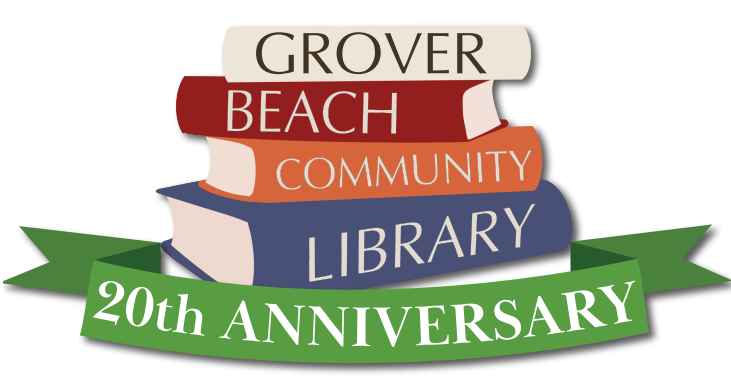by Rachel Kushner
I’ve been thinking about the recent end of the Castro era in Cuba (both Fidel and Raul), which led me to think about pre-1959 Cuba. Even though I was still in grade school when Batista was overthrown and the revolutionaries took over, I remember it. I don’t know why, as I probably couldn’t even find Cuba on a map then, but it’s stuck in my mind for all these years. I decided I wanted to find out more about the BEGINNING of the Castro era, now that we know the end.
Rachel Kushner’s 2008 debut novel Telex from Cuba received several prizes and nominations, as well as wide acclaim. It covers the period from 1952 to early 1959, with bits from more current times. This novel focuses on the eastern end of Cuba where the revolution grew in the more uninhabited, backward, and poverty-stricken areas far from Havana. It is centered in an American-owned and -run enclave including a vast United Fruit Company sugar cane plantation and a nearby nickel mine. Kushner has given a voice to the motley collection of ex-pats who work and reside in the enclave through her selection of characters who tell their stories.
Kushner studied political economy with an emphasis on U.S. foreign policy in Latin America at University which served as excellent grounding for this story. Later she made several long trips to Cuba, where her mother grew up on the actual United Fruit Co. land, and did extensive historical research as well. It’s no wonder that her book feels so REAL; feels autobiographical in its extreme and astonishing detail. Readers can almost smell the sugar cane during its various steps in the process…and when it’s burning in fires set by the rebels.
The key characters telling their stories include:
–K. C. Stites, a young boy of 8 in 1952. His father is the top man in the Cuban UFC branch. His older brother Del actually joins the rebels (obviously a traitorous act) and participates in the actual revolution. K.C. was born in Cuba, has never lived anywhere else.
–Everly Lederer, a young girl a bit older than K.C. and new arrival to Cuba. Her father oversees the nickel mine.
–2 lesser characters are Rachel K (K is her full last name), a Havana cabaret entertainer who also functions as a spy of sorts at high levels such as mistress to President Prio, then President Batista after he overthrows Prio; and a mysterious man named Christian de La Maziere, who becomes her lover when he’s in town. The latter is involved in a variety of nefarious and secret dealings involving arms sales and whatever else comes his way, as he has done since WWII.
–The remaining ex-pats. The various families & family members represent just about every social class, financial, and marital situation, even including a few on the run from crimes for which they would be jailed if they returned to the U.S. Some have re-located from various South American and Caribbean countries. As long as they do their jobs well in Cuba, other issues are overlooked.
Perhaps the facet of this novel that interests me the most are the class/racial/ethnic divisions. Kushner is very good at depicting the lives of the Cubans and blacks at that time. Their home living conditions were appalling. Many of them were employed as servants for the ex-pat families in large modern homes. Those who did not live in would return after work to literal shacks, usually without running water, electricity, or proper sewage disposal. Wages were very low, barely enough for their families to live on, and certainly nowhere near what their employers could afford to pay.
Even worse was the treatment and plight of the cane cutters. These were mostly blacks brought in from Jamaica and Haiti to harvest the sugar cane for processing. Kushner describes what back-breaking and dangerous work it was; how the sharp leaves could cut the men. Time was of the essence in getting the cane cut and processed, so long hours and fast work were required. She also describes how the men were allotted a certain “wage” which they could spend at the company store during their time in Cuba. The Jamaicans and Haitians came to earn money, but often returned home with little to show for their work. In some cases, cutters would spend their entire allotment and return home with no income at all.
In addition to extreme poverty, ordinary Cubans had to deal with a repressive regime led by (at that time) Fulgencio Batista; the Rural Guard, a “police force” of thugs who acted with extreme violence up to and including torture and murder; and the ostentatious flaunting of wealth and privilege by top members of the government and non-Cubans, while they themselves were near starvation and lived barely better than animals. For them, it was a life over which they had little control and in which they were subject to the whims of others, including imperialist outside forces. It’s inevitable that some emerged who felt deeply they needed to change the status quo.
Telex from Cuba is not the easiest book to read—but it’s well worth it if a reader has any interest in Cuba at that time. There are many characters, and readers need to pay attention to keep them straight. Personally, I didn’t have an issue with that and don’t think she made it difficult for her readers.
What I like best about Kushner’s book is that she presents a uniquely HUMAN view of conditions that led to the Cuban revolution. There are many accounts of the dry POLITICAL facets and facts. Kushner provides such detail of the environment that one FEELS as though one has visited that time and place; that it’s now placed in the reader’s own memories.
Donna Rueff
Rachel Kushner has published 2 more novels since Telex from Cuba:
The Flamethrowers (2013) was equally well-received.
The Mars Room was released on May 1, 2018.
